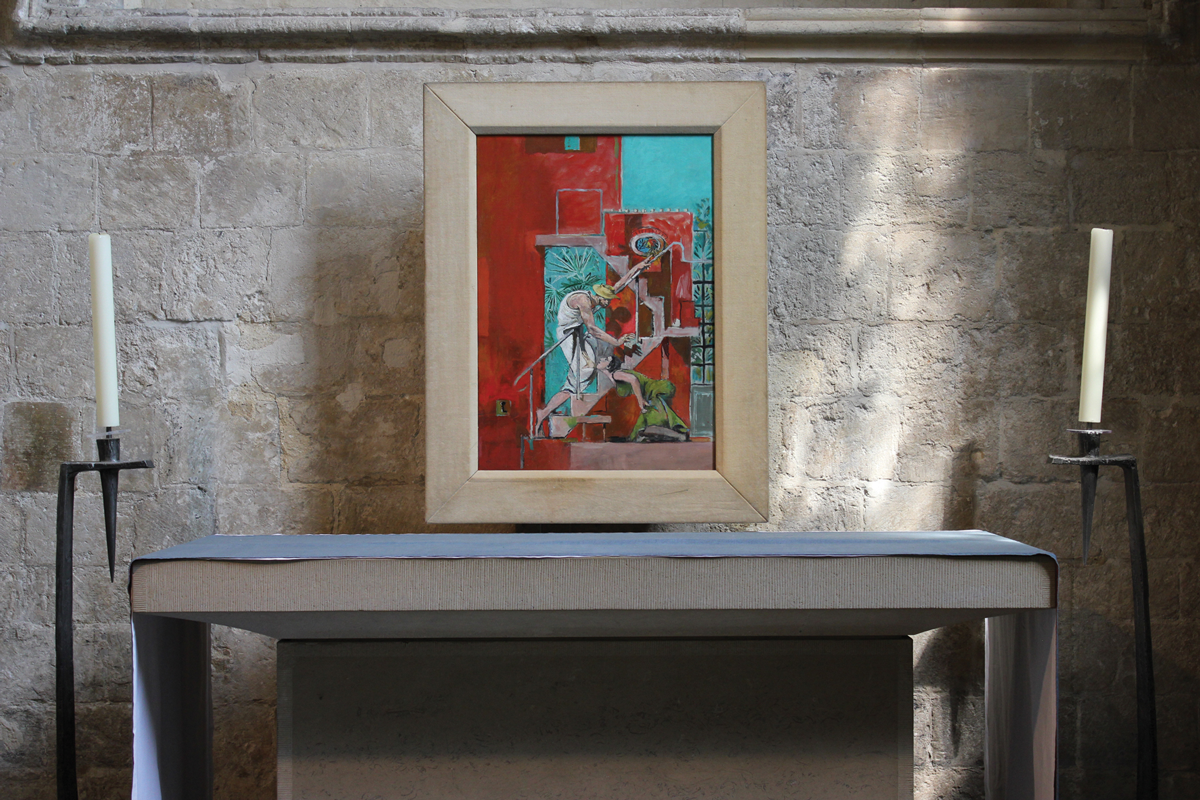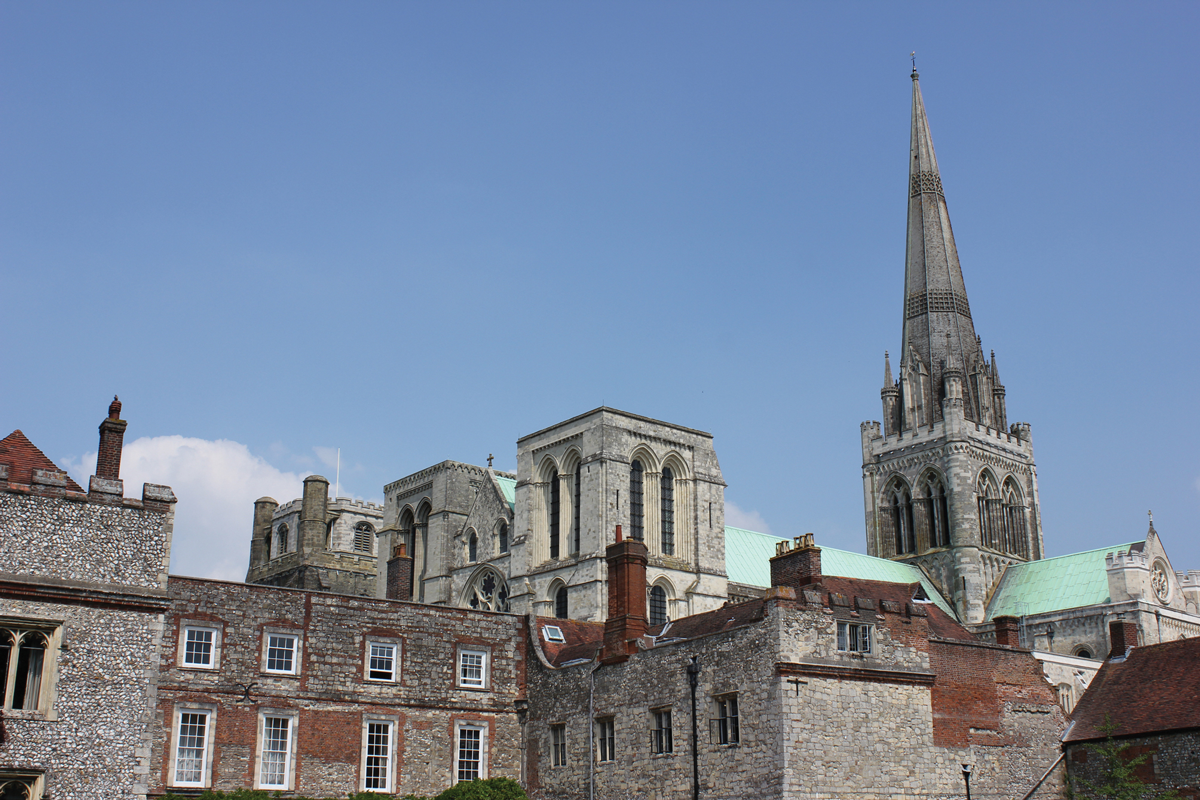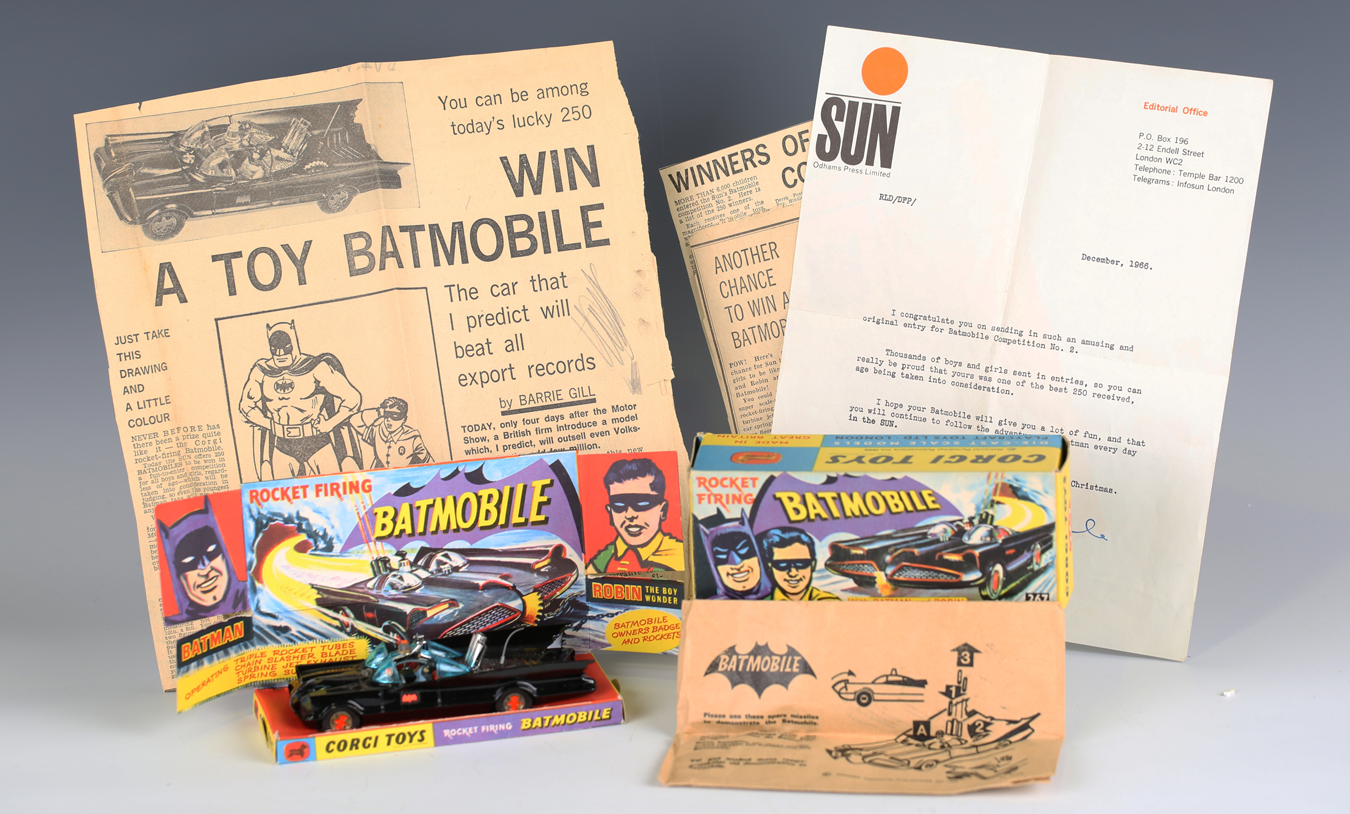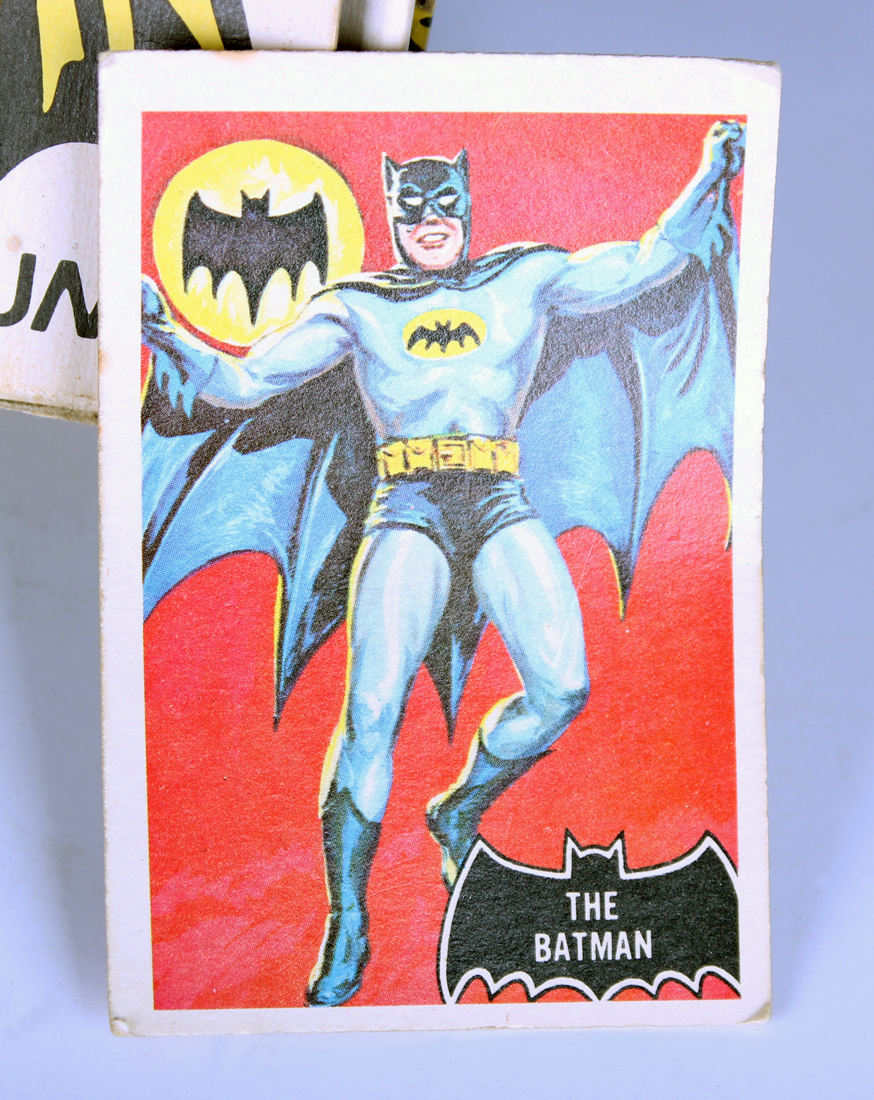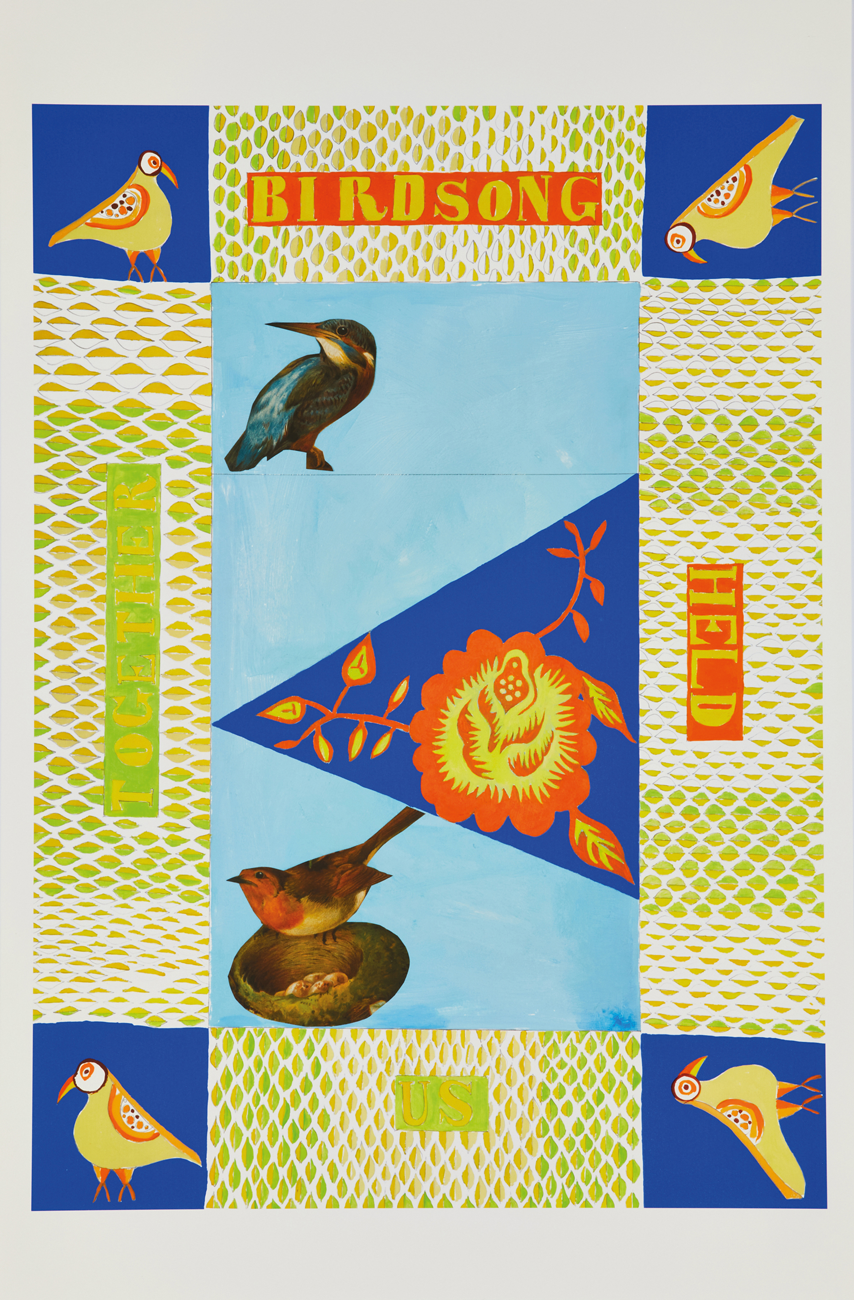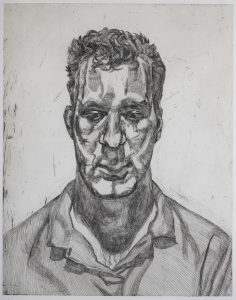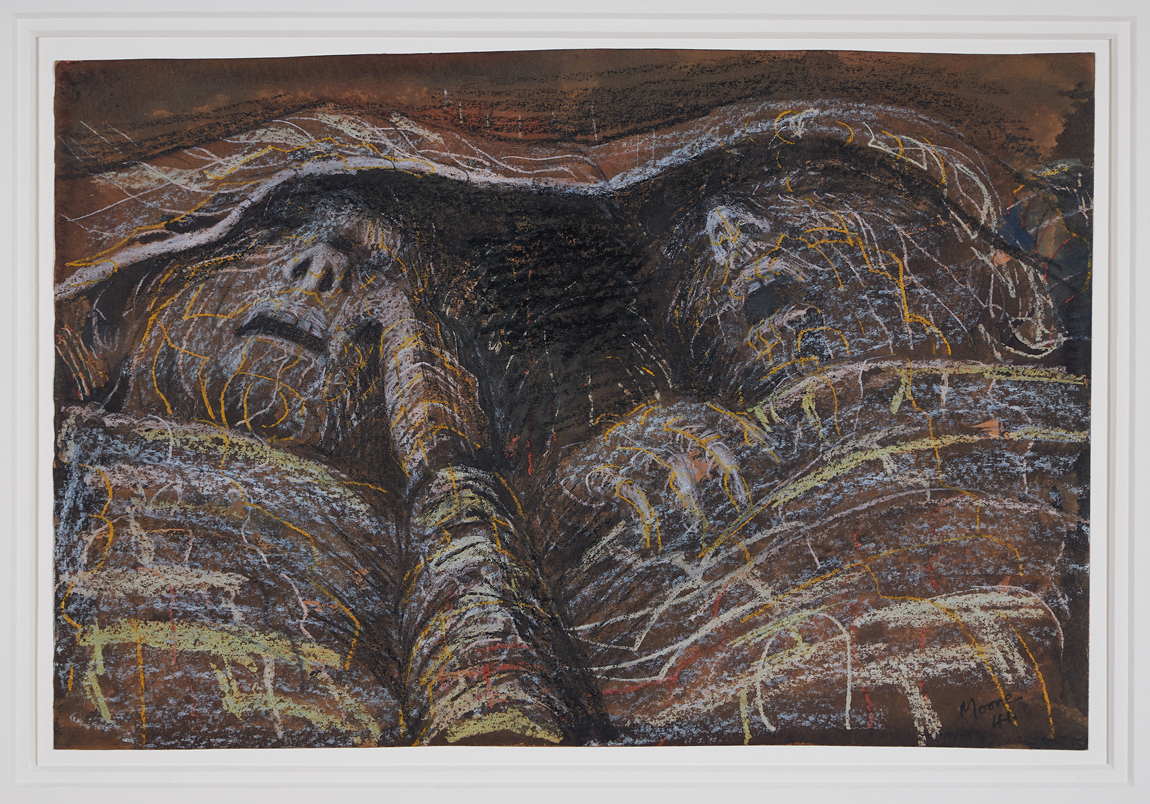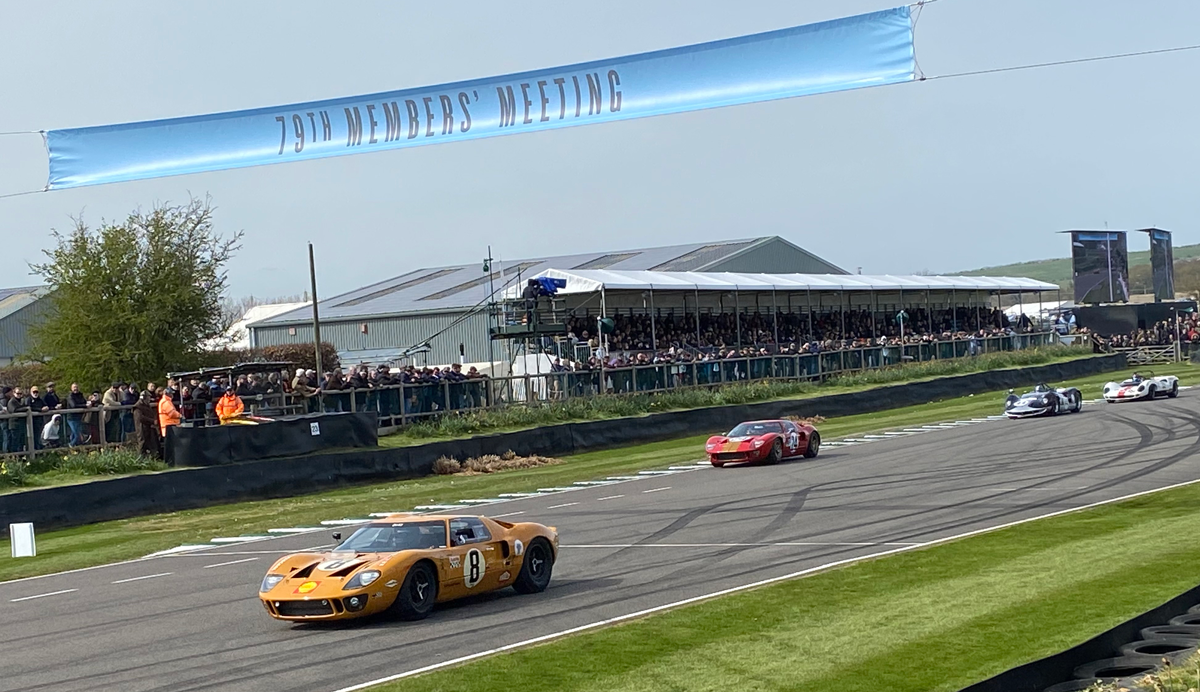
There was a nip in the wind at the 79th Goodwood Road Racing Club (GRRC) 2022 Member’s Meeting as motor racing enthusiasts gathered in number in the bright spring weather to enjoy the spectacle of the racing.
The weather matched the warm welcome of the Goodwood team and the enthusiasm of the members of the GRRC and GRRC Fellowship.
The Surtees Trophy is named after racing driver John Surtees, the inaugural Can-Am champion. It featured some of the fastest and loudest cars of the weekend with a mixture of Can-Am and Le Mans prototypes including V8-powered GT40s, Lolas and McLarens. Oliver Bryant took the win driving Julien L. McCall Jnr’s 1966 Lola-Chevrolet T70 Spyder.
I have always had a fascination with the Ford GT40 and it was fantastic to see them in action on the fast Goodwood circuit. The GT40 gets its name from its height measuring just 40 inches at the windscreen, the minimum height allowed at Le Mans.
The GT40 Mk II broke Ferrari’s winning streak at Le Mans in 1966, the first of Ford’s four consecutive wins at the Sarthe circuit. The rivalry was famously born out of Enzo Ferrari’s refusal to sell Henry Ford II his company after detailed and costly negotiations. The story was dramatized and told through the eyes of Carroll Shelby, an automotive designer, and racing driver, Ken Miles, played by Matt Damon and Christian Bale in the terrific 2019 movie Le Mans ’66.
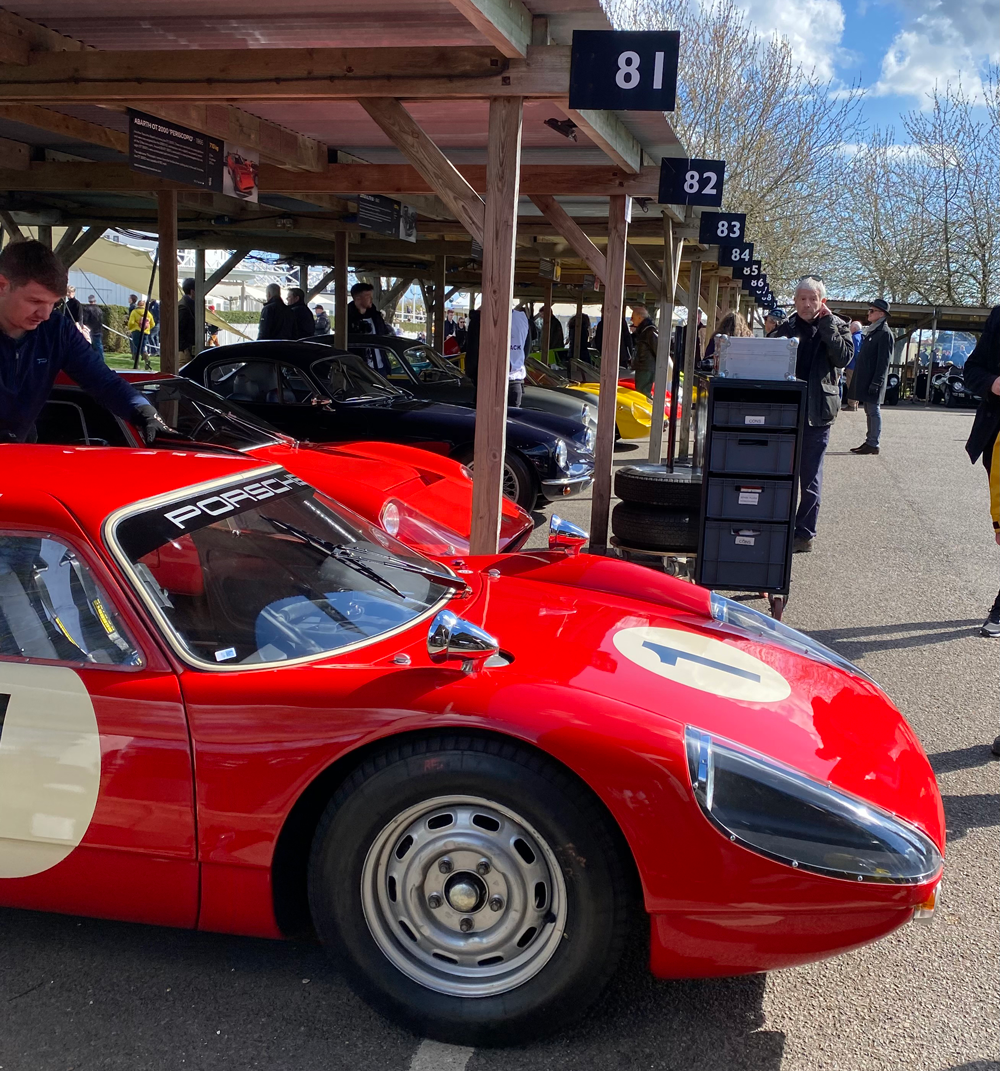
It is always a treat to come alongside the drivers, mechanics and remarkable array of racing cars in the paddocks. The 1964 Porsche Carrera 904GTS with its small proportions, beautiful lines stood out against the spring sunshine and scudding clouds.
As the exuberant sound of the racing cars and bikes at Goodwood ended the cacophony of sound, the smell of racing oil and tyres and the spectacle of speed and colour faded to memory. The Duke of Richmond commented that the 79th Members Meeting had been “…another fitting celebration of the spirit of Goodwood.” And went on to thank everyone involved for “putting on another excellent race meeting”. I am already looking forward to this year’s Goodwood Festival of Speed and Goodwood Revival which embrace the modern and the halcyon days of motor racing with the accompanying glamour of the 1940s, ’50s and ’60s.
The GRRC Spring Members’ Meeting is always an exciting celebration of motor racing which is exclusively for GRRC and GRRC Fellowship members here in the heart of Sussex To find out more about the benefits of membership, how to join, and to book tickets for this year’s Festival of Speed and Goodwood Revival go to www.goodwood.com/sports/motorsport.
